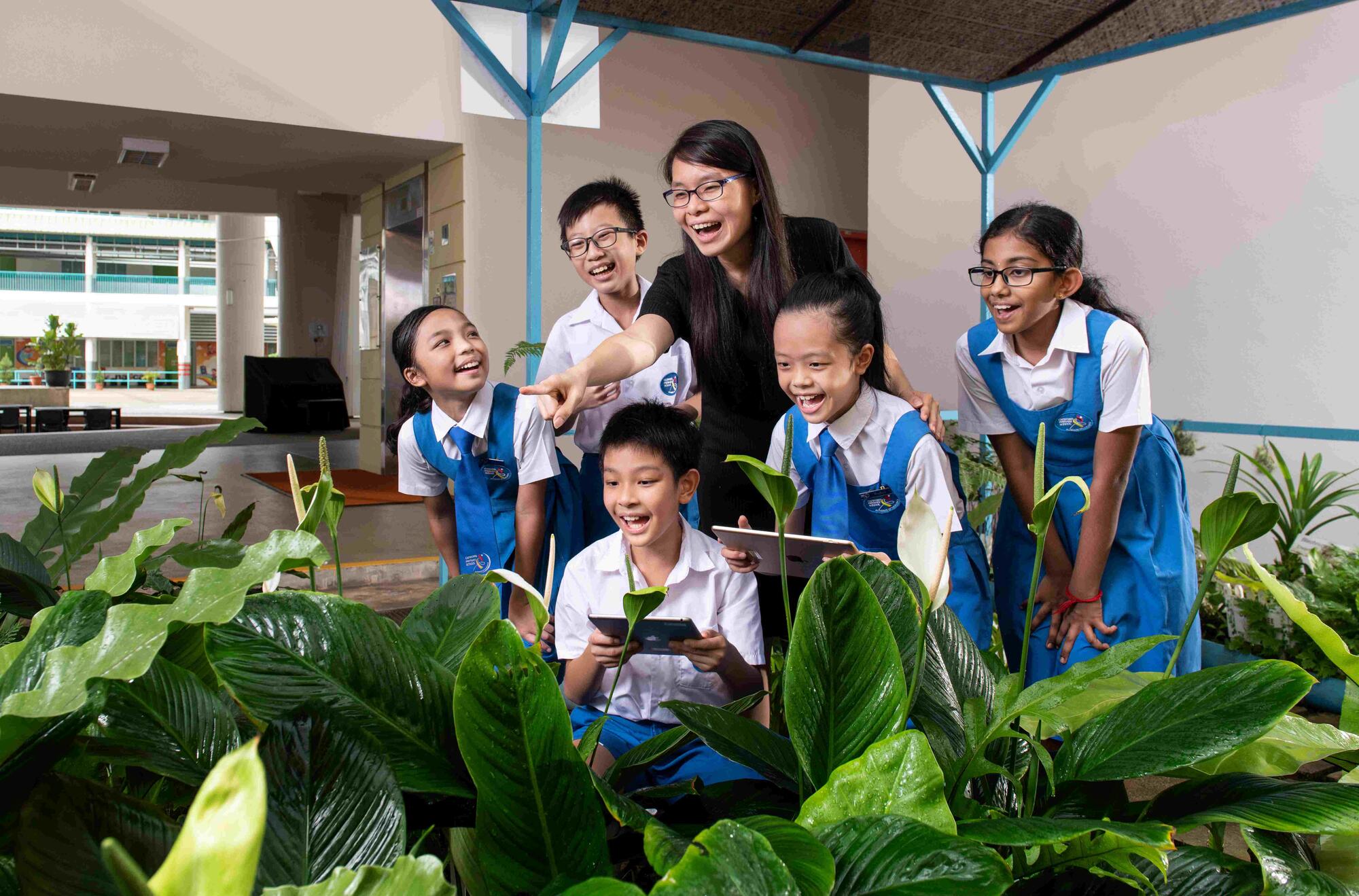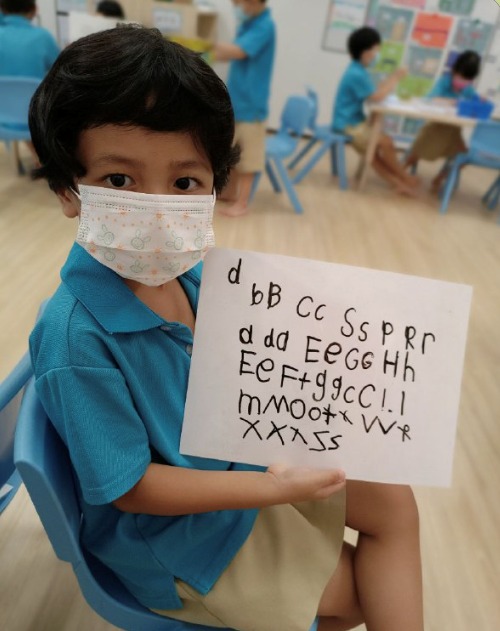A Tale of Two Schools
04 Jul 2008
Read part 1 of Schoolbag’s report on the introduction of Subject-Based Banding in Pri 5 this year.
If you’re still not sure what is Subject-Based Banding in Pri 5, consider this explanation by then Minister for Education Tharman Shanmugaratnam in 2006: “What we are doing is moving from a fixed menu to an à la carte menu – choose the subjects you are strong in. For the subjects you are weak in, consolidate your learning at a foundation level.”
Every primary school has been given the autonomy to judge professionally how they can best carry out Subject-Based Banding for their school. Today, we take a closer look at how Keming Primary School and CHIJ Primary (Toa Payoh) have done it.
More opportunities for the student
Subject-Based Banding aims to stretch the students’ potential further by offering differentiated learning. Keming Primary School’s Vice-Principal Anita Yip says, “Subject-Based banding can help their children in terms of developing them holistically. By allowing their children to offer a subject at the standard level, it will give them a head start on that subject in secondary school.”
Parents and students have more flexibility and can choose the best combination that suits the student’s learning needs at the end of Pri 4. These are the Pri 5 subject combination choices offered by Keming Primary School and CHIJ Primary (Toa Payoh):
Keming Primary School
- 4 standard subjects and Higher Mother Tongue Language
- 4 standard subjects
- 2 standard subjects with 2 foundation subjects
- 1 standard subject (Mother Tongue Language) with 3 foundation subjects
- 1 standard subject (English Language) with 3 foundation subjects
- 4 foundation subjects

At CHIJ Primary, students are assessed holistically to help them select a subject combination in Pri 5.
CHIJ Primary (Toa Payoh)
- 4 standard subjects and Higher Mother Tongue Language
- 4 standard subjects
- 3 standard subjects with 1 foundation subject (Foundation Mother Tongue Language)
- 1 standard subject (Mother Tongue Language) with 3 foundation subjects
- 4 foundation subjects
These subject combinations are offered based on the strengths of the students in each subject, as seen from their performance in Pri 4. At CHIJ Primary (Toa Payoh), the school looks at the student’s performance holistically. Principal Mrs Magdalene Bheem explains, “The recommendation made by the school to the parents at the end of Pri 4 for the various subject combinations is based not just on the Semestral Assessments 2 results, but also the results for Semestral Assessments 1, other tests and professional dialogue between teachers and the management.”
Implementing the new subject combinations
The schools also have to take an inventive approach to the logistics and manpower needed to offer the different subject combinations. CHIJ Primary (Toa Payoh) has introduced a mobile classroom system. “We have had to ‘house’ smaller groups taking one combination with a group of pupils taking another combination. So sometimes one group of pupils has to move to another class to take a subject that differs from their own class,” says Mrs Bheem.
Keming Primary School, on the other hand, attempts to match subjects that are taken at standard and foundation levels with about the same number of periods. For example, Standard English Language and Foundation English Language may be placed in the same time slot. Where this was not possible, the school schedules some periods outside of curriculum time, such as for Mother Tongue Language. Despite the challenge of timetabling, the emphasis continues to be on accommodating the student’s preferred subject combination.
Although it has only been six months, Subject-Based Banding has helped to bring about a more nurturing environment which is more conducive for effective learning. Mrs Bheem notes that it cultivates a virtuous cycle. “Judging from the Pri 5 students’ mid-year results, pupils who have opted and chosen a subject combination that meets their needs actually do better – and they feel better about doing better too.”
Mrs Yip concurs. “According to their English Language teacher, the students feel more confident and accepted. Subject-Based Banding has helped boost their morale and there is bonding and rapport among her students.”







.jpg)

